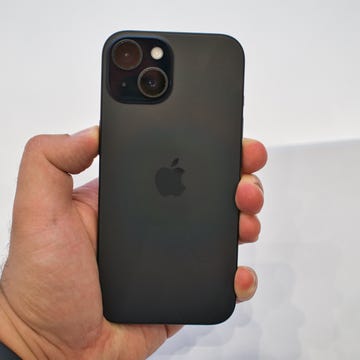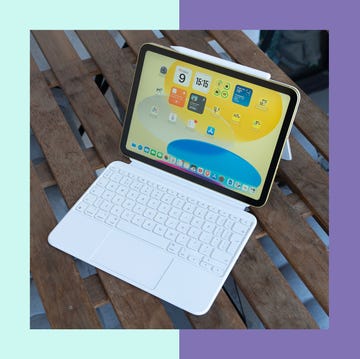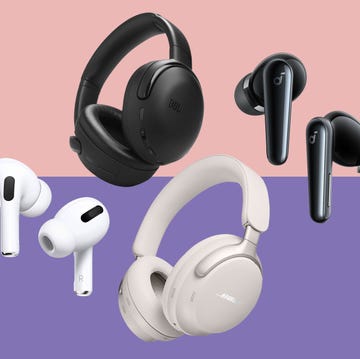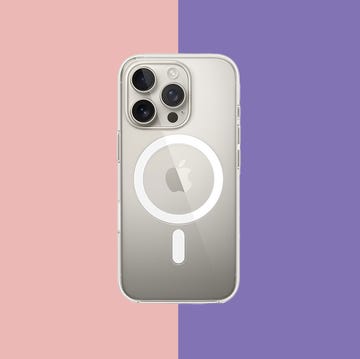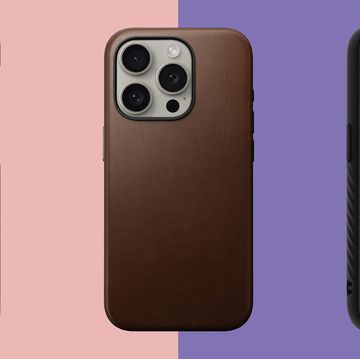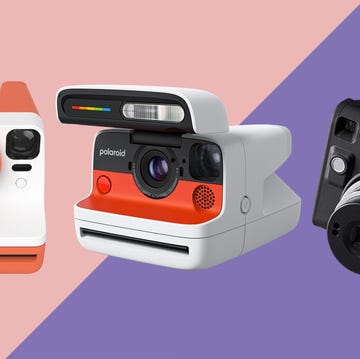We earn a commission for products purchased through some links in this article.
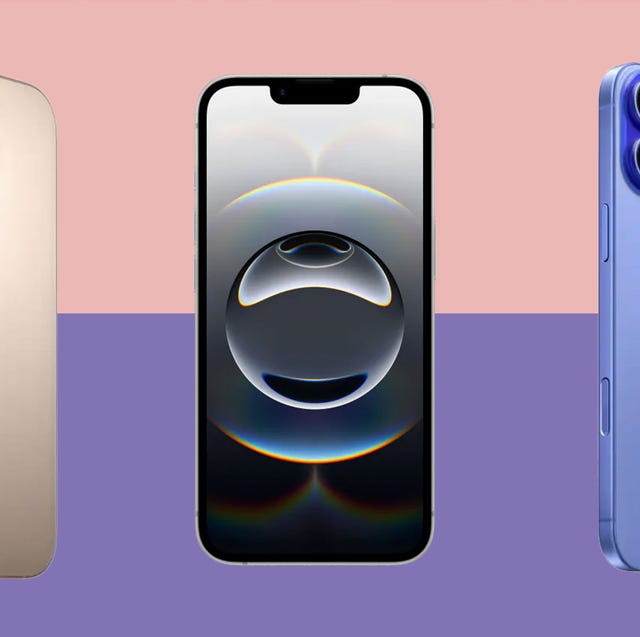
Buying the best smartphone can feel like navigating a maze of technical specs, price tags, and confusing options. If you're looking for an iPhone but feel overwhelmed by the choices, you're not alone.
Should you go with the iPhone 16 or the 15? The regular size or the Plus? What's the difference between the regular iPhone 16 and the Pro? Whether you're upgrading from an older phone, switching over from another brand, or buying someone their first smartphone, finding the right device doesn't have to be complicated.
This guide cuts through the tech jargon and marketing hype to help you make your choice. We've picked only the best iPhone models right now that offer the best performance, reliable camera quality, and battery life.
Best iPhones
Below, we'll break down the pros and cons of each model, helping you understand exactly what you're getting without drowning you in technical details.
From the best affordable phones to top-of-the-line powerhouses, there's an iPhone out there that's just right for your needs and your budget.
Simon Cocks is Good Housekeeping UK’s Technology Editor, overseeing tech shopping content and strategy for the title. He previously also worked across other titles including Esquire UK, Digital Spy, Men’s Health UK and Women’s Health UK.
Simon specialises in testing the latest smart gadgets, home entertainment gear, headphones, speakers, portable chargers, radios, e-book readers and smartphones. He's reviewed top tech products from brands including Google, Apple, Amazon, JBL and Bose.
A magazine journalism graduate from Kingston University in 2014, Simon also worked on the Discovery and Silkroad inflight magazines. He then gained experience writing about entertainment at SFX and Total Film. He also contributed reviews and interviews to TwitchFilm (later ScreenAnarchy), CultBox and Frame Rated.
He joined Good Housekeeping UK as the Editorial Assistant for Special Projects and was part of Good Housekeeping’s Consumer Affairs Team between 2014 and 2019. In this role, he conducted price comparison research, wrote detailed household and money-saving advice guides and edited thousands of in-depth reviews for the Good Housekeeping Institute.
He has focused on technology and gadgets since 2020, where he started by testing out power banks and instant cameras. He writes reviews, roundups, news articles and deals updates, and also covers top tech deals during sales like Amazon Prime Day, Black Friday and Cyber Monday.
When not testing out the latest gizmos, you’ll find Simon either catching up with the newest releases at his local cinema or out shooting with his beloved compact camera.
You can follow Simon on Instagram, on Bluesky, on LinkedIn and on Threads.

The best power banks to shop in 2025

The best smartwatches you can buy at every budget
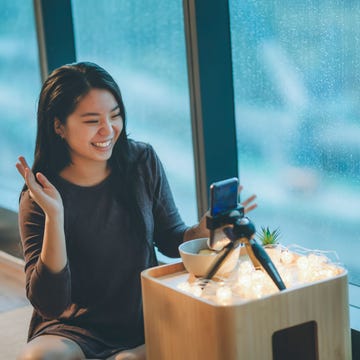
Best phone stands
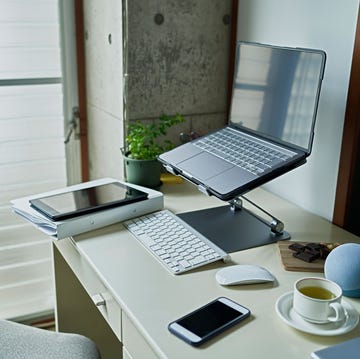
Save your neck with the best laptop stands







